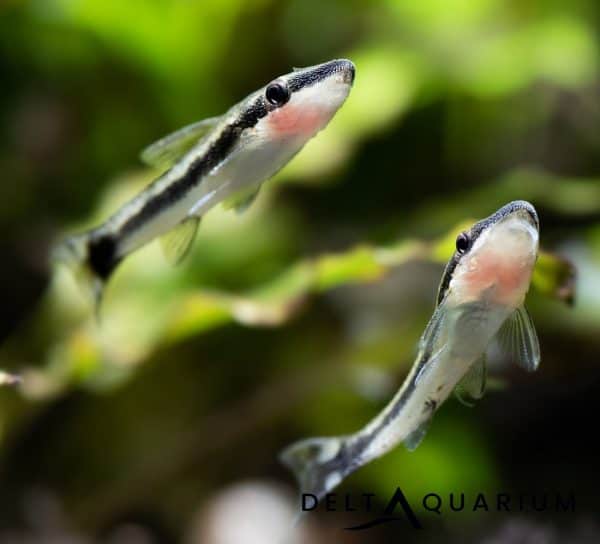
Otocinclus catfish are a handy addition to your aquarium. They will happily graze on algae. Apart from algae, you can also give them other kinds of food, such as carrots, fresh vegetables, and moss balls. However, don’t let this fool you, as they are able to eat more than just algae! Continue reading to learn more about the best food for your Otocinclus catfish!
Contents
Algae pellets
If you’re considering adding Otocinclus to your aquarium, you’ll need to provide them with some algae pellets. This fish prefers a slightly acidic water environment, with little or no ammonia or nitrites. You also need to provide them with high levels of oxygen. Algae is also important for otocinclus, as they feed on algae on plants and decorations.
Otocinclus are small suckermouth fish that grow to be only two inches long. Their favorite food is algae, so if you’re looking for a supplement for this species, algae pellets will be a good choice. Try to avoid artificial food, but some hobbyists recommend using Algae Wafers for Otocinclus. You can also try providing canned green beans. Be sure to check the product labels.
Carrots
Carrots are excellent additions to your otocinclus catfish diet. You can steamed or microwave them, and then cut them into pieces. Carrots are safe for most aquarium fish, and can be fed once or twice per week. While carrots are not good for goldfish, otocinclus catfish can eat large chunks.
Otocinclus are herbivores, which means that their main food sources are algae and slime that build up on rocks and plants. If you plan on keeping a population of 6 or more of these fish, you should include live plants in their diet. Live plants are essential for this species as they encourage biofilm growth and algae. You can include several plants in your aquarium, especially low-growing ones.
Fresh vegetables
Otocinclus catfish are not picky eaters, and they will happily eat soft algae. Alternatively, you can include fresh vegetables in their food, either parboiled or raw. Otos can also eat a variety of vegetables, including soft greens like spinach. But make sure that the vegetables are soft and not too hard, so that they can easily digest them.
A good Otocinclus catfish food recipe will contain algae, as this is the most popular diet for this fish. If you cannot find algae in your tank, add a few frozen bloodworms or algae pellets. These food items are highly nutritious and convenient. Look for ingredients that include spirulina near the top of the mix. A little bit of algae will go a long way, as will some vegetables and fruits.
Moss balls
Otocinclus catfish food has moss balls for both appearance and health. The moss balls are harmless to fish and other aquatic creatures. These balls can provide the fish with nutrition and oxygen from the algae that grow inside them. Some popular varieties of moss balls include the Marimo, Cherry Shrimp, and Algae Eating Shrimp. They are commonly sold in pet stores for a wide variety of fish, but they can be quite expensive.
Marimo moss balls are a form of algae that grows into green fluffy balls in certain conditions. Because these fish are low maintenance, they are often placed in a vase or bowl for added color and beauty. Here is how to care for these balls. Remember to keep them out of direct sunlight, and maintain their temperature at a temperature below 80 degrees Fahrenheit. If you can’t afford a professional moss ball care service, consider buying one.
Fresh water
Otocinclus catfish require clean, soft water with no ammonia or nitrite. It can tolerate a pH of six to seven. The substrate should be soil, sand, or smooth gravel. Copper-based medications are not recommended. Otocinclus like slow water and aren’t tolerant of high-salinity conditions. A small, 10-gallon aquarium can house a small group of fish.
Otocinclus catfish prefer algae, especially fresh ones. Even if you choose to give them other types of food, they may not eat them. Rather, wait until the fish notices the food. They’ll know best what they need. Don’t force it – let their tummies guide you! Here are some tips to help you choose the best food for your otocinclus.





